
In this edition of EcoNews, we bring you, in the wake of Hurricane Fiona, coverage of a new study that says human activity is leading us dangerously close to climate tipping points, and how one of those approaching tipping points is already affecting the Bay of Fundy; we share an overview of two recent studies which further deepen the well of scientific work showing glyphosate is not safe for people or animals (not to mention plants, of course); we celebrate the beautiful Wolastoq (St. John) river with people up and down its banks working hard to protect and, where necessary, restore it; and we bring you a jam-packed media roundup where our team was called upon for analysis on everything from Hurricane Fiona’s devastation, the province’s updated climate plan, big moves at the Port of Belledune, electric school buses, and more.
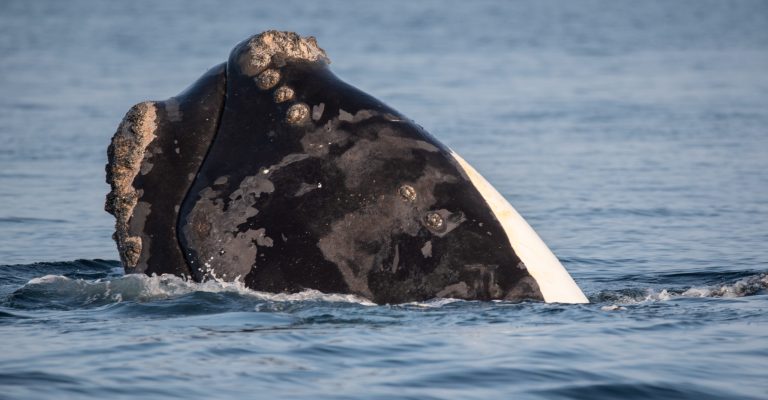
Climate Tipping Points, The Bay of Fundy, And North Atlantic Right Whales
Late last month, Hurricane Fiona gave Maritimers a brutal example of the type of powerful, devastating storm scientists say will hit our communities more frequently if the global temperature continues to rise, unbalancing the climate. This week, we bring you a summary of a new scientific study warning of just that, and more: the authors say human activity is pushing the world dangerously close to ‘climate tipping points’ that can lead to runaway climate catastrophe. We give an overview of the research and show how one of the looming tipping points—the breakdown of key ocean circulation currents—is already affecting the Bay of Fundy and North Atlantic right whales.
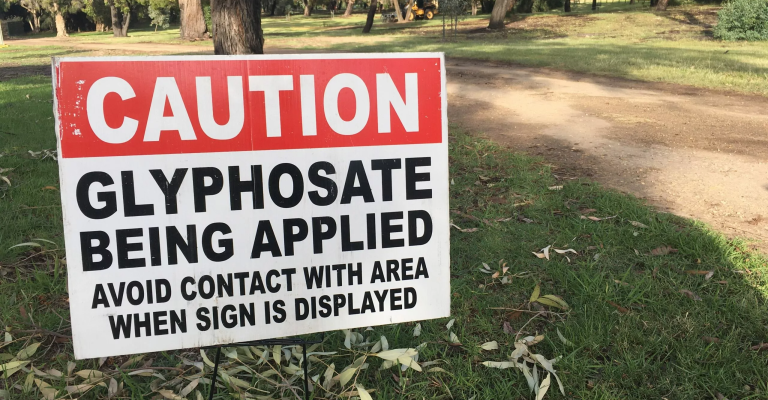
What We’re Reading: Glyphosate, Nematodes and The Nervous System
The body of evidence showing glyphosate’s potential negative effects on human and animal health continues to grow. In this edition’s ‘What We’re Reading’ feature, we bring you an overview of two recent peer-reviewed studies showing that glyphosate has been found in the human brain, with potential implications for neurodegenerative diseases, and can negatively affect the nervous system of one of the world’s most abundant, tiny animals.
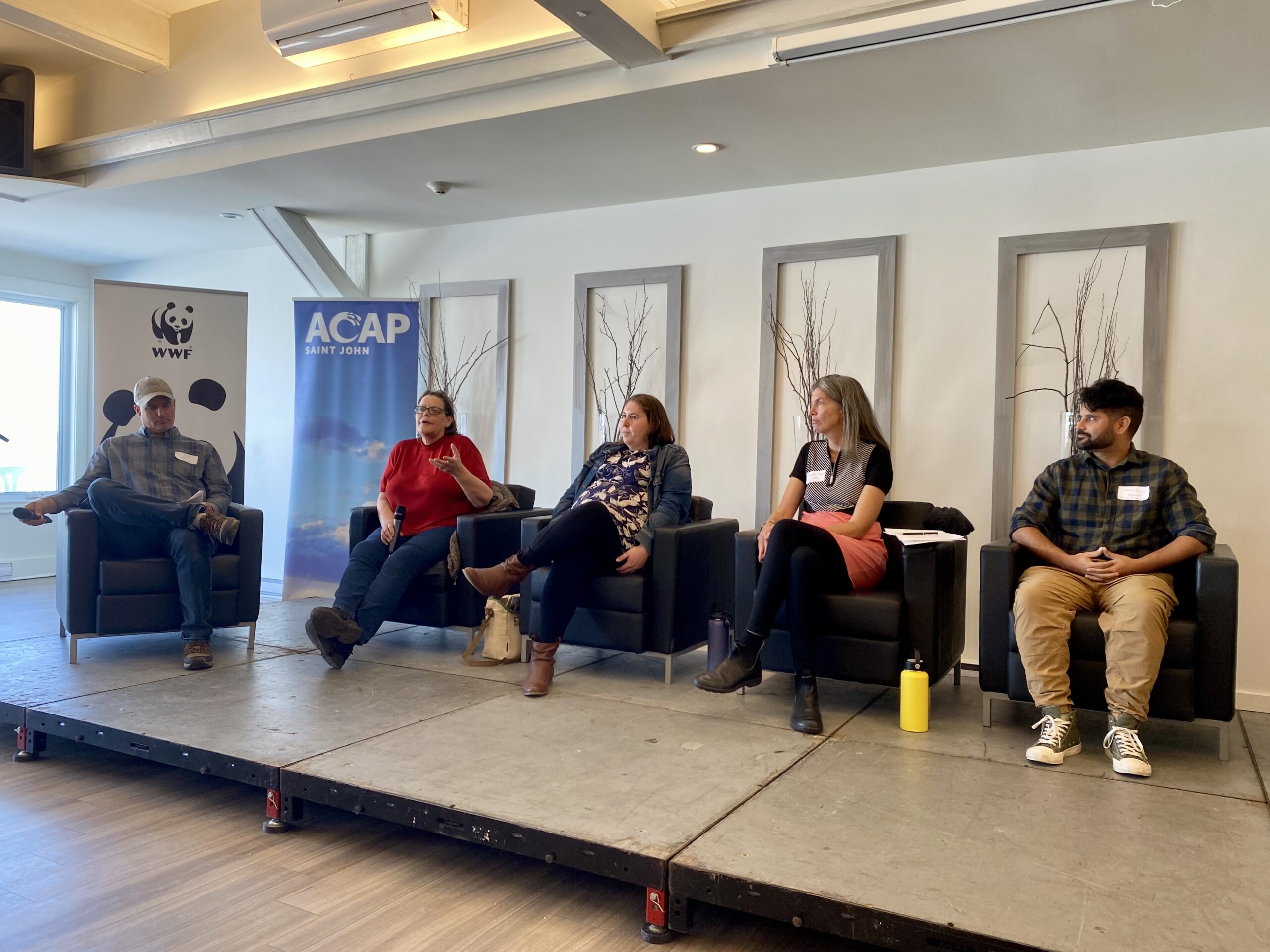
Spreading Love For The Beautiful, Bountiful River
Our Executive Director, Lois Corbett, was thrilled to join Indigenous elders, fellow conservation groups, scientists, watershed leaders and others at the 2022 Wəlastəkw | Saint-Jean | St. John River Summit earlier this month. Participants celebrated recent efforts to expand protection and restoration projects on the Beautiful, Bountiful river, while Corbett helped lead a panel discussion on future challenges to water protection, including the need to fill in gaps in the province’s current water strategy.
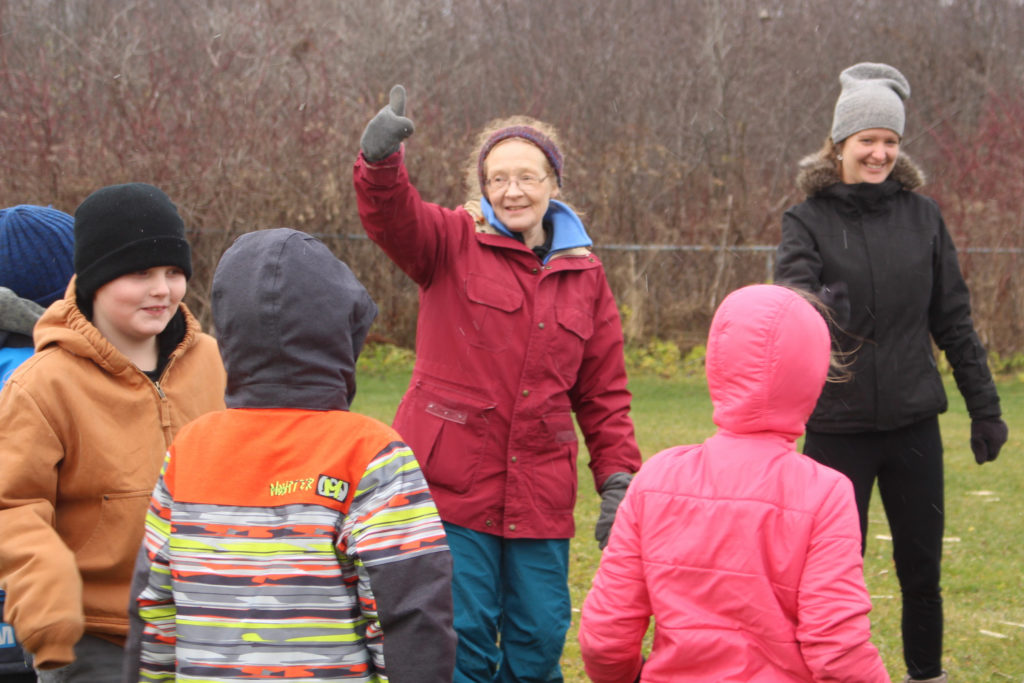
Outdoor Learning Needs To Be Integrated Into All New Brunswick Schools
Our Learning Outside Coordinator Dr. Nadine Ives is throwing her enthusiastic support behind our friends at the New Brunswick Environmental Network’s recent discussion paper all about the benefits of outdoor learning. As someone who has personally helped hundreds of teachers and thousands of students experience the edge that outdoor learning provides, Ives makes her case for why getting out and about in nature should become a central part of the provincial school curriculum.
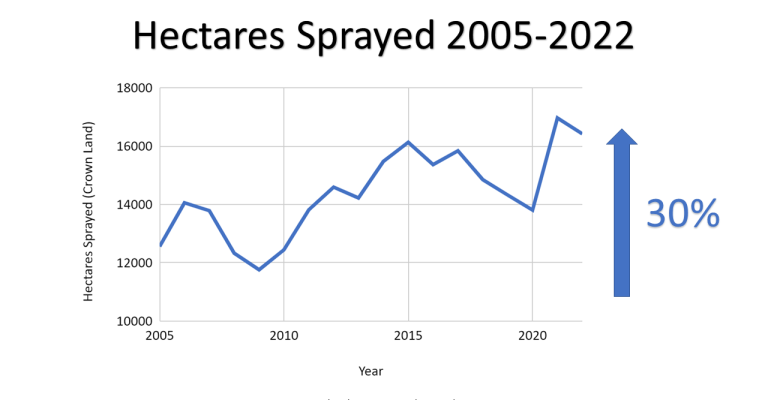
ICYMI: Glyphosate Spraying Up 30% On Crown Forest Since 2005
As herbicide spraying has wrapped up in New Brunswick’s woods, we’re re-sharing our article showing that spraying in the Crown forest is up a staggering 30 per cent since 2005. J.D. Irving leads the spray pack, unsurprising, as the biggest company operating on Crown land. Our Executive Director, Lois Corbett, has more on the data and what is driving the rampant clear cutting and spraying in New Brunswick despite multiple reports and calls—from the Conservation Council, our supporters, allied groups, scientists, to the Auditor General’s office—for big changes to the way we manage our forest.
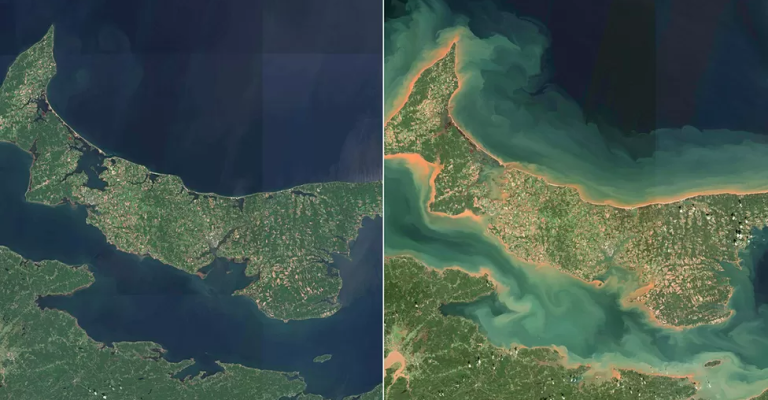
We work hard to ensure a strong environmental voice is heard in the New Brunswick print, radio and television media. Click the link below for the latest stories Conservation Council staff have been called upon for expertise, analysis and commentary:
Pictured above: The Canadian Space Agency released these photos of Prince Edward Island and part of New Brunswick’s eastern shore. The image on the left is from Aug. 21; the image on the right is from Sept. 25, following Hurricane Fiona. The right-side image shows the devastating coastal erosion that Fiona wrought: the lighter sections of water off the coast of P.E.I., N.B. and N.S. show the waters clogged with eroded sand.
This edition’s media roundup includes interviews with our team on the devastation of Hurricane Fiona and the need for governments, businesses and citizens to do more to better prepare our communities for extreme weather; the Port of Belledune’s efforts to turn the page on fossil fuel operations; our campaign for a fully-electric school bus fleet in N.B.; the provincial government updated climate action plan, and more. Read all about it here.
